(AfroGamers.com) Dragon Ball GT obviously gets the short end of the stick when it comes to remembering the best of the Dragon Ball franchise. It’s not without good reason. While Akira Toriyama created all the characters Dragon Ball GT’s cast is based on, he had nothing to do with the creative direction of the series.
This didn’t stop GT from getting the anime royalty treatment. While some series with potential end up with 13-episode seasons or end after just those 13 or 22 episodes, GT went to 64 episodes. There was some appeal here to warrant it going that long and a network not deciding to go “You know what, Toei? That’s alright. End this here.”
Commercial Appeal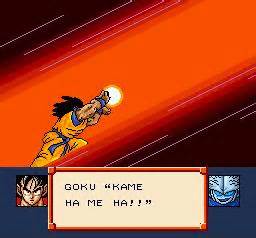
The commercial appeal of Dragon Ball GT is something that is easy fathom. By the time GT was released in the West, anime was the hot thing. It wasn’t series as far as the eye can see and easy to accept like it is now but if you wanted anime you could buy it dubbed or subbed.
The foreign appeal is what kept a number of series hanging around a little longer when a series’ home reception was indifferent or cold. This was the case with Dragon Ball GT during the late 1990s and Ultimate Muscle in the early 2000s.
Since there was a craving for almost any anime during this time GT managed to get an audience. Now while that western audience has since decided that GT wasn’t very good, most of it readily gobbled up any episode that was released. It doesn’t help that GT came in hot. No manga, just “Here’s an anime for you! It continues Dragon Ball!”
Creative Appeal of Dragon Ball GT
Storyline-wise people weren’t really feeling Dragon Ball GT. For thing, Toriyama’s name wasn’t on it. He wasn’t even involved with it. As a matter of fact, he was working on the artwork for the next Dragon Quest and one-shots at the time. A new team took over creatively and what we got is something that fans were mixed on.
Personally, I liked the direction taken by GT. I’ve long been a fan of Dragon Ball and the early Dragon Ball Z sagas. What GT did was gave fans who enjoyed Z enough sci-fi and martial arts action that was the second half of DBZ but added in the sci-fi adventure that was the first half of the Namek Saga.
With a child proxy in Gohan’s daughter Pan and in the transformed Goku, I felt GT had all the cards in place for something that drive demand for more Dragon Ball. That was something that Dragon Ball Z lacked as the series went on: a kid proxy as a main character. In the West, it’s a plot device that is important in getting younger viewers into the series. Either a kid is in the mix of things or at most a teenager.
For most of Dragon Ball you had Goku, Bulma, Yamcha, and Krillin as teens. With Dragon Ball Z, Gohan was the main kid-teen proxy since all of the Dragon Ball characters were adults now. The creative crew knew what worked–or at least, what should’ve worked–but GT just couldn’t capture the hearts of fans.
It’s a shame really because GT was the closest thing to the fantasy martial arts adventure of Dragon Ball. Not only that, but it did so after Z spiraled into Earth’s fighters flinging energy beams at evil space overlords and mad science experiments based on misinformation from martial arts masters-territory.
Staff Writer; M. Swift
This talented writer is also a podcast host, and comic book fan who loves all things old school. One may also find him on Twitter at; metalswift.







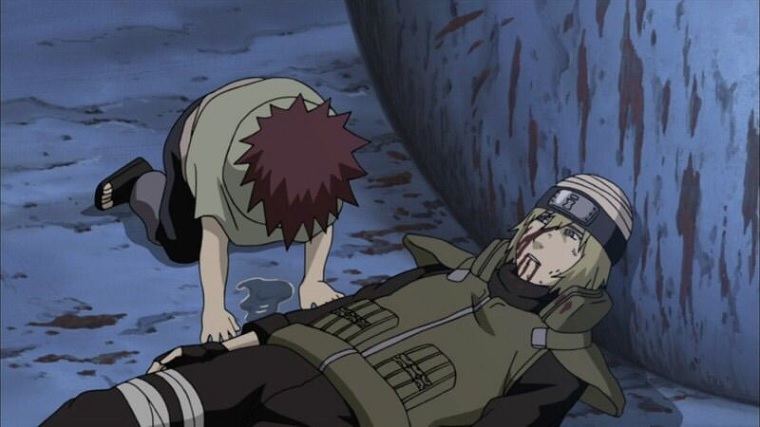

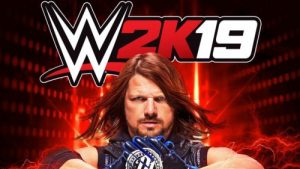
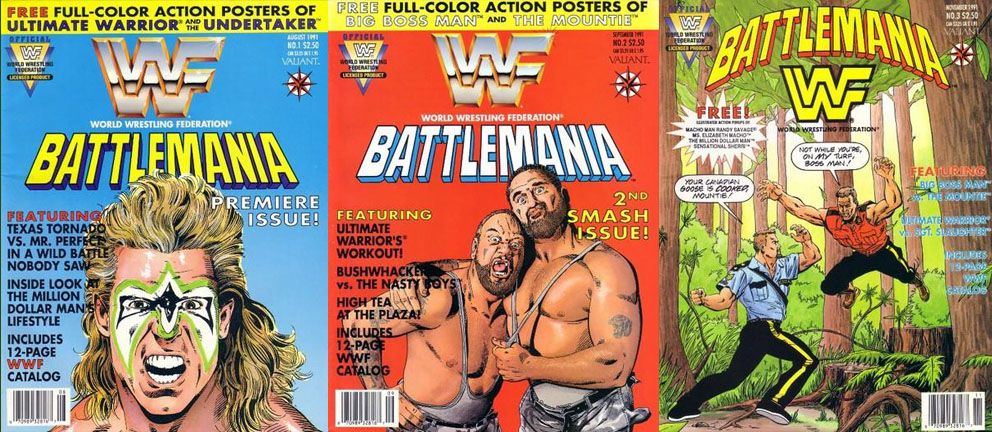





Leave a Reply